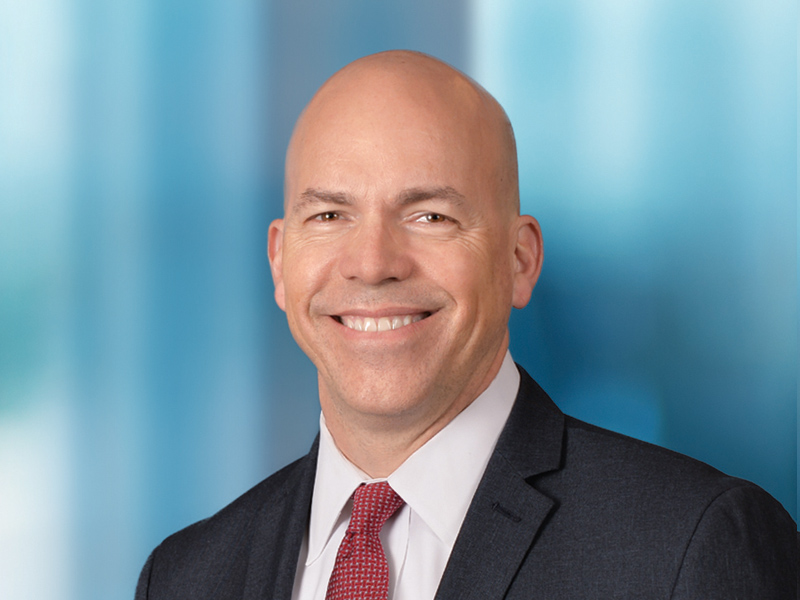

In recent years, Canada’s largest pension plans have dramatically increased their allocations to private assets — and smaller plans’ sponsors are taking note.
“Investors are confronting capital market expectations for the next 10 or 20 years that look somewhat more modest than what we’ve recently experienced. Many are beginning to pursue larger allocations to private markets,” said Wylie Tollette, executive vice-president and head of client investment solutions at Franklin Templeton Investment Solutions Franklin Advisors Inc., during a session at the Canadian Investment Review‘s 2022 Global Investment Conference in April. “They look like the path to better returns.”
Read: Institutional investors seeing the future through private equity
The strategy has been paying off for Canada’s largest public sector pensions, but isn’t easily imitated by smaller plans. In Tollette’s view, the idea that investing in private markets is a path to better returns misses the bigger picture. “In reality, private markets offer somewhat different returns. You need some adjustments in your governance process.”
While private equity investments have traditionally offered better returns than public ones, they also experience more volatility. “I suspect that returns aren’t going to be quite as generous as they have been,” he said. “But my bet is that there will still be an illiquidity premium. That’s been pretty durable throughout market cycles.”
Whether or not returns remain high, other challenges may bar the way for return-seeking pension plan sponsors attempting to reallocate portfolios toward private markets. For one thing, experience in public markets doesn’t necessarily prepare investors for the reality of private ones.
Read: Canadian public pension plans lead in private equity investments: report
“What I found leading a mixed investment team is that the private market folks and the public market folks were speaking very different risk languages. Standard deviation of returns really didn’t translate for private markets folks. They don’t think that way because the standard deviation of returns in most private markets — equity and real estate — is appraisals based.”
People trained in public markets tend to assume appraisals will be overly optimistic, said Tollette, noting he’s found the opposite tends to be the case.
Liquidity risk is another challenge frequently misunderstood by private market newcomers. While the construction of private portfolios often puts a liquidity strain on investors, once these portfolios are mature, investors often find they’ve got an overabundance of dry powder returning to them.
“We call it the denominator effect. Your allocation is continually shrinking, particularly when you have public markets that are growing. If you’re trying to get to eight per cent private equity, your public markets portfolio is growing, the private equity managers are giving you back your capital right when you want to keep your allocation high.”
Read: Maximizing the certainty of an outcome — it isn’t just death and taxes
To get around the overabundance of liquidity, pension plan sponsors can introduce pacing models to private market investments, suggested Tollette. Done right, he said, these pacing models can help train their governance structures to avoid chasing allocations through market cycles.
Unfortunately, this route isn’t always pursued. To avoid board members asking questions about why private equity allocations haven’t been fully allocated, many pension plan sponsors simply employ more private equity managers, he said, noting too often, little attention is paid to performance during these hiring binges.
“The bottom line is that, if you want to capture the return benefits of private markets, you have to be in the top two quartiles. [As] I’m saying that, everyone’s nodding. That’s not an easy task. And everyone thinks they’re better than average. You want to have consistent commitment over time to a small number of high-quality managers — that’s kind of the holy grail.”
Read more coverage from the 2022 Global Investment Conference.
